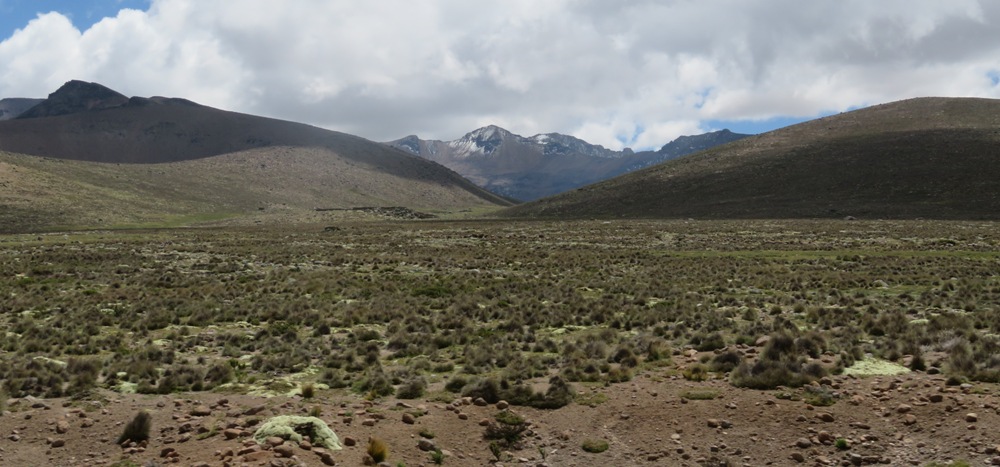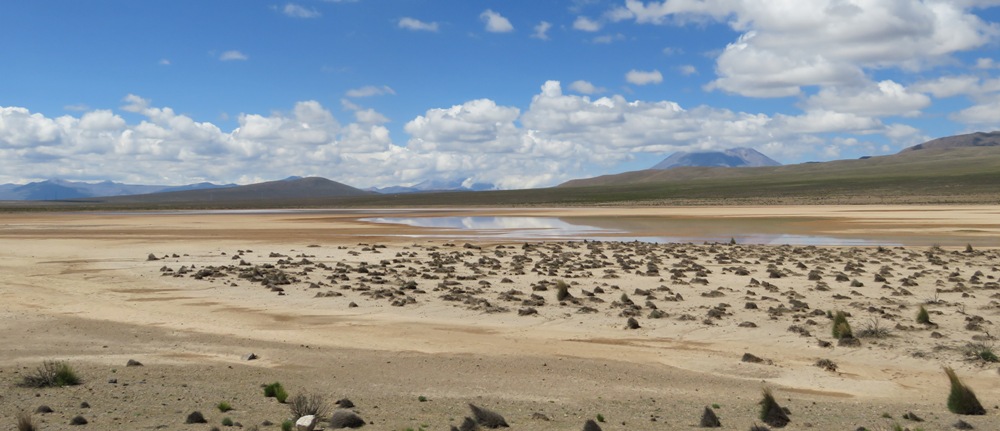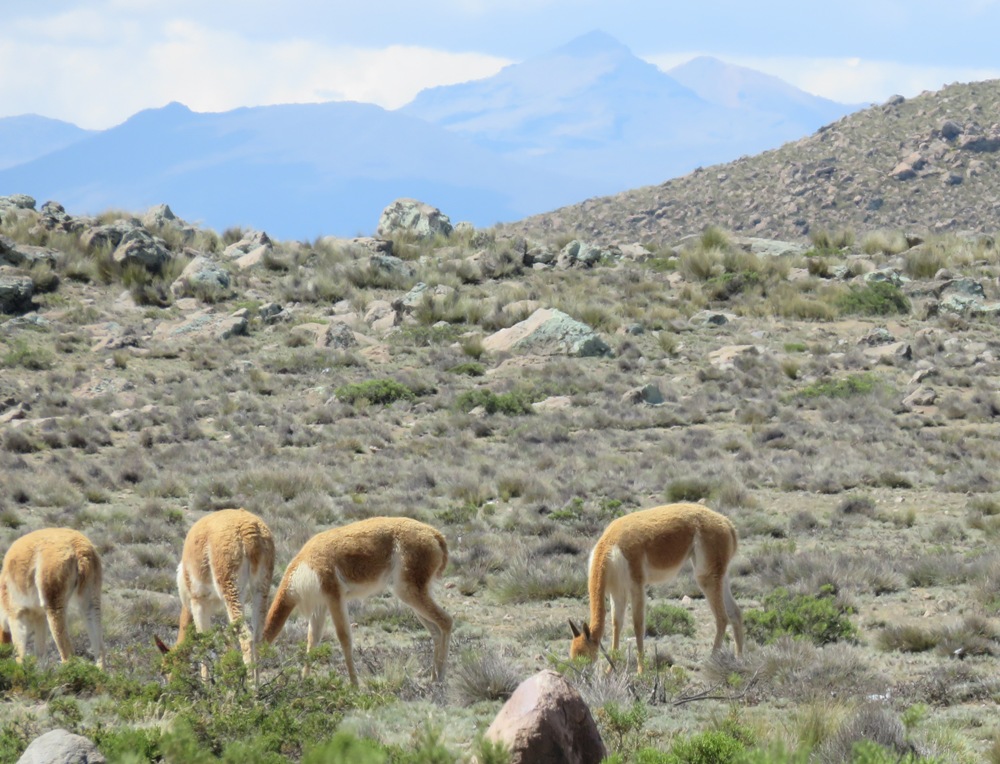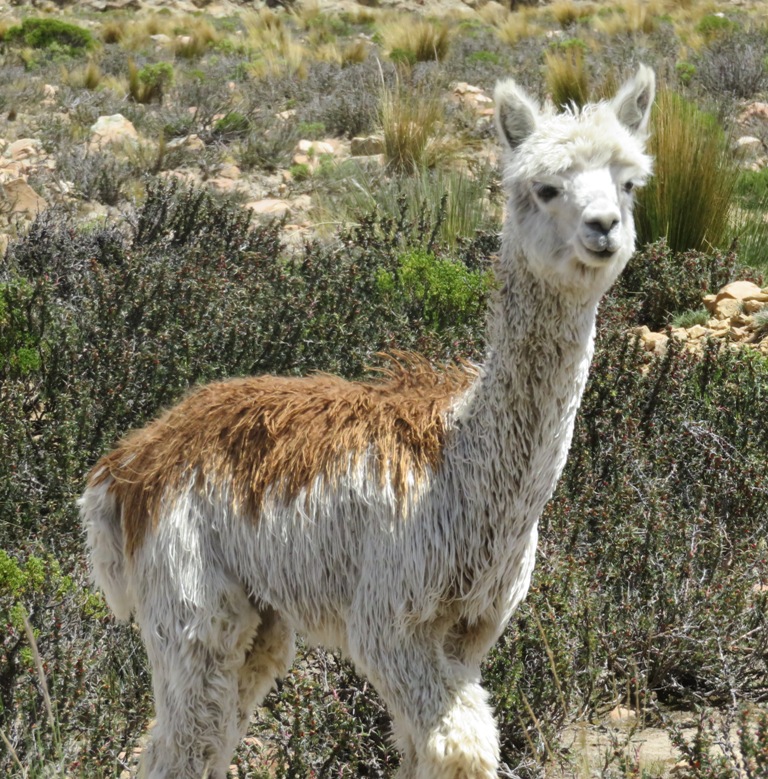We were in Peru in April 2016 for about 4 weeks.
Language
At this point in Peru, it is absolutely essential that you speak some Spanish. Even if you are fairly fluent in Spanish, you will find many Peruvian words different or with different meanings, and the accent is quite different also. Take a digital translator or phrasebook if you really can’t speak the language, but you would do well to study basic Spanish first, more than the few phrases in most guidebooks. Depending on where you go, a few words of Quechua would be helpful too.
Theft
Every guidebook and everyone I spoke to who had been to Peru warned against petty theft, pickpockets, and even “assaultive” robbery. We were told not to show our phones, notepads, whatever, except in a protected place. We were even warned to keep our cameras safe except when taking a picture. Nevertheless, my husband constantly referred to his phone’s Google maps as we walked around cities, and we never had a problem. The fact that we didn’t have a problem doesn’t mean you shouldn’t take normal precautions. Also, we were not walking on dark streets late at night.
The only “theft” we experienced was from a group of extortionist POLICE, who operate south of Lima on the Pan-American Highway (1S) before Chinca Alta. Unfortunately I did not make a note of the exact location. They have a roadblock, as the police do in many locations, but here they presumably charged Wayne an exorbitant amount for speeding, which he was, but going the same speed as all the rest of the traffic. They never gave him an actual ticket, just took the money and pocketed it. The same thing happened on the way back some weeks later, this time for not having his full lights on, only his parking lights (one must have the headlights on when driving in Peru), but after 20 minutes of my arguing with them in broken Spanish, they gave up on us and let us go. In other roadblocks when we showed them our rental car papers, they waved us on. Interestingly, in the Dominican Republic, the police make their money in much the same way, but they just take some change from locals and wave tourists on, knowing not to harass the tourists who help their economy. Obviously the Peruvian police think because we don’t know any better we’ll pay, and the first time they were right, but it does leave a very negative impression.
Water
The best solution is to bring the most effective water purifier possible. Otherwise, as much as I hate the idea of buying bottled water in plastic, at least buy the biggest bottles you can and decant them into your smaller drinking bottle. Wayne got seriously ill with a bacterial infection there, and the doctor emphatically told us never to drink the water, eat salads, raw vegetables, or unpeelable fruit anywhere in South America. We’ve traveled extensively and visited many developing countries (and as a friend called one of the countries we sailed to, which shall remain nameless, ‘undeveloping’) and eaten all kinds of local foods, and with that exposure we would occasionally get sick, but this was the worst.
Altitude Sickness
Although Machu Picchu is only 7,972’ (2,430 m), Cuzco is 11,152’ (3,399 m) and if you go over any of the passes you will be above 14,000’. If you’re susceptible to altitude sickness, take all the precautions you can. I knew I was susceptible as the last few years of our circumnavigation when I would be at sea level for 9 or 10 months then return to our cabin at 10,300’, I had symptoms of altitude sickness. Thus, I took the Western medical prophylactic, drank mate de coca tea, and still got sick when we were above 14,000’ and close to 16,000’ as we crossed the Alto Plano for a period of time The only cure that worked for me was chewing the coca leaves. You don’t swallow them, just chew them and stick between your gum and cheek at the side of your mouth, then spit it out after a while. There are no side effects. Most hotels provide a bowl of them at included mals or at the reception desk. The locals chew them frequently, and that’s how the Inca runner-messengers were able to make their speedy runs. Do not bring any back to the United States, however!
 A Quechua-speaking Peruvian woman.
A Quechua-speaking Peruvian woman.

 Two views of the Alto Plano, above 15,000 feet.
Two views of the Alto Plano, above 15,000 feet.

 Two inhabitants of the Alto Plano: vicuna (top) and alpaca. The vicuna are generally found above 15,000′. The alpaca a little lower.
Two inhabitants of the Alto Plano: vicuna (top) and alpaca. The vicuna are generally found above 15,000′. The alpaca a little lower.
